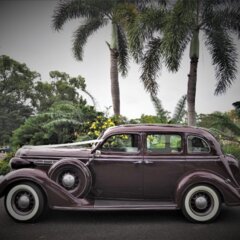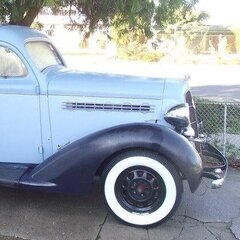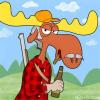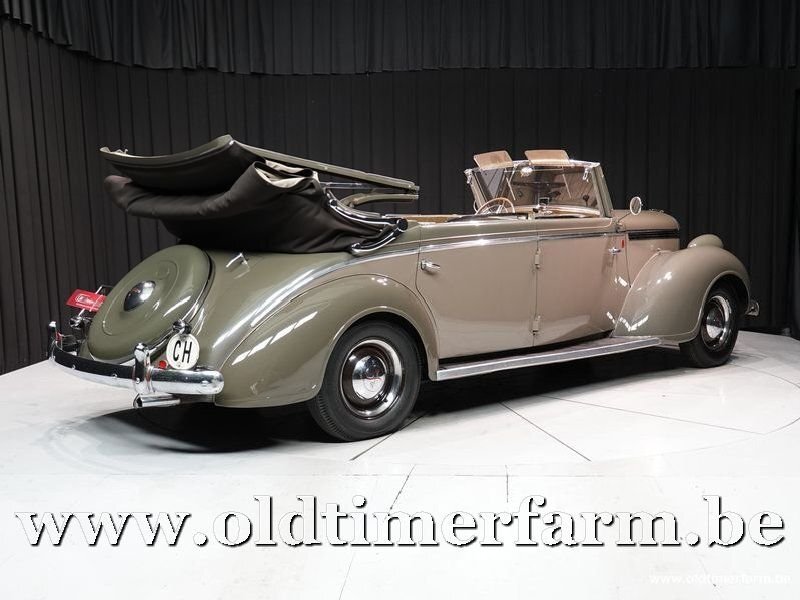-
Posts
670 -
Joined
-
Last visited
-
Days Won
1
maok last won the day on August 30 2023
maok had the most liked content!
Reputation
193 ExcellentAbout maok
- Birthday 06/02/1969
Profile Information
-
Gender
Male
-
Location
Land of Oz
-
My Project Cars
'37 Dodge MC Country Tourer :
'36 Chrysler C7 Airstream :
'34 Chrysler CV Imperial Airflow :
'34 Chrysler CU Airflows x 2 - parts cars
: '74 Citroen DS23 Pallas :
'88 SAAB 900 Turbo Convert.
Converted
-
Location
Brisbane, Australia
-
Interests
vintage
Recent Profile Visitors
5,930 profile views
-
Yep, I agree - almost idiot proof. Most likely the mismatch of the coil is what is causing the issues. And for some, the coil is a mysterious device.
-
With time your condensers are going to degenerate, if they haven't already. Imo, most likely the early failures for pertronix installs are caused by the installer.
-
I've never had an issue with a pertronix install, I've installed several in the last 5/6 years.
-
maok started following EU version of 1930's mopars - DeSoto , Electronic Ignition , Aurora Australis and 3 others
-
I've done the 6volt Pertronix on my '37 MC Dodge (218), though I did have a 6volt alternator.
-
I believe it's due to an extraordinary sun flare that occurred a few days ago. Similar affects in the attic as well.
-
I've seen many FM bluetooth transmitters but none AM
-
So spark from the coil but not from the distributor? Check the condensor for a short.
-
It appears to be related to the distributor wiring or condensor. Do you get spark from any spark plug wires?
-
Best you pull the starter out before you cause a fire. Post some pics of what you have so we can guide you on testing it. If you are not confident with a voltmeter, you may need some one who is
-
When you say relay, do you mean the solenoid? If so, the wiring diagram shows that the solenoid receives it's power from the starter switch, which in turn is supplied by the fuel gauge. Also, the solenoid is grounded via the generator.
-
If you pull the starter out, it can easily be tested on the bench, with or without the either solenoid attached. Post a pic and we can give you guidance on a ' how to bench test'
-
Just to answer your question regarding the thin and heavy wire to the solenoid, I am guessing a little because I don't have a wiring diagram of your car, the heavy wire is probably the horn wire and it should be connected to the large post on the solenoid. The thin wire is the start wire, coming from the starter switch from your dashboard. Can you post a wiring diagram.
-
Like here Australia, many mopars in the 1920's and 30's were bodied outside of the USA and Canada. This '38 Desoto, though its labelled as a '37, probably a '37 production chassis. Wonderful coach work.
-
As far as I know, the actual number didn't represent anything specific eg., engine size, wheelbase or any feature of the vehicle, just a sequence number starting from C1 in 1935.
-
Yes, that occurred with Chrysler, DeSoto and Dodge models as well. It appears the Chrysler models were the first to change to the numbering system in '35 and the other three changed in '36. Though, the Dodge trucks did not change, they had a reversal of the letter system ie KC, LC, MC, etc Chrysler from its inception in '24 used the speed the vehicles could reach, ie series 60 represented 60mph, though the Imperial models were always series 80 from 1926 to 30. This model coding was used until 1930 with Series 66, 70, and 77. Note, they had a series 70 in 1926 as well...lol Then in 1931 CA.., PA.., DA.., SA.. for each of the makes.











